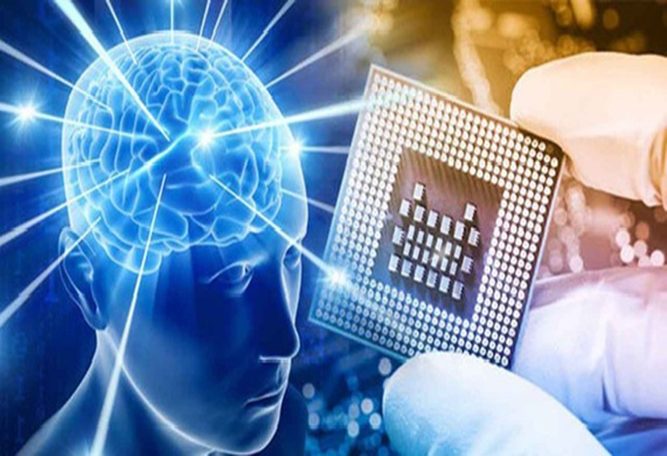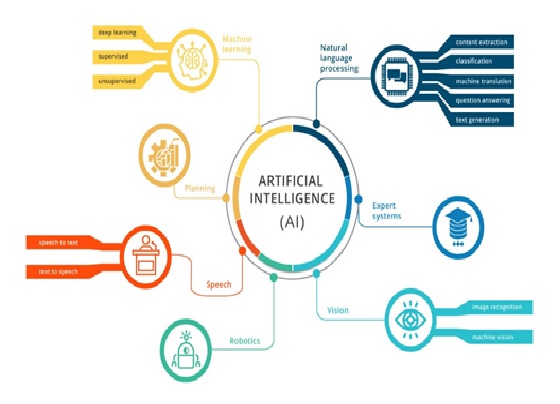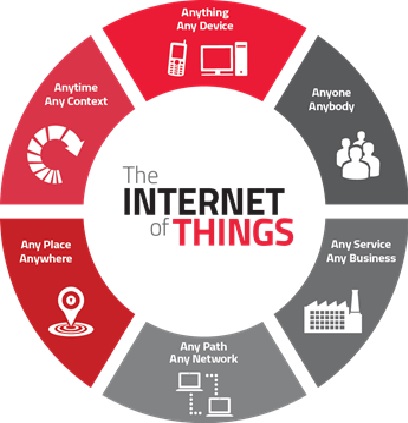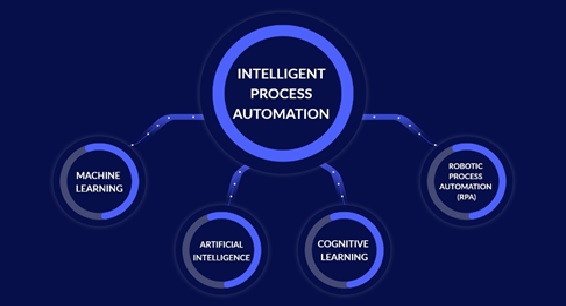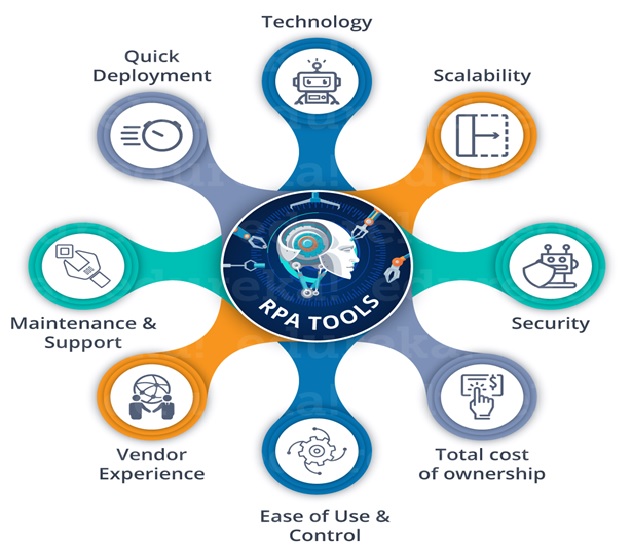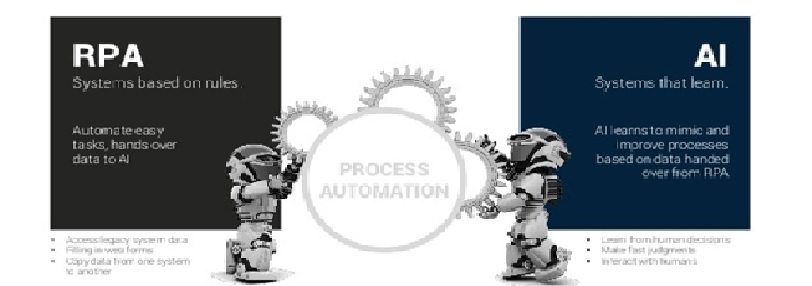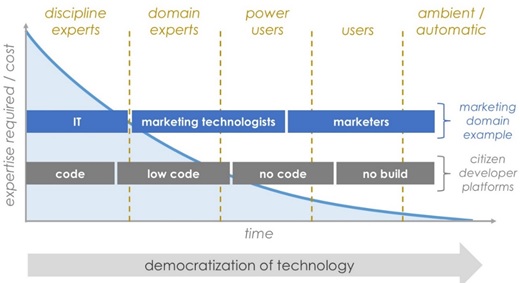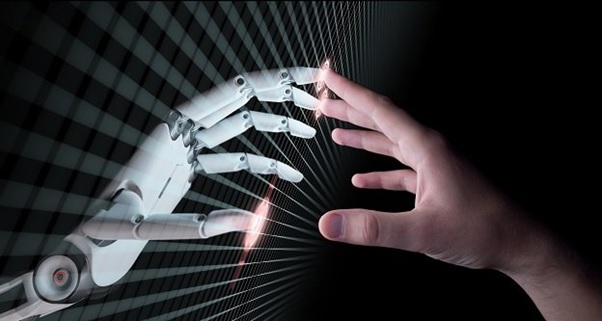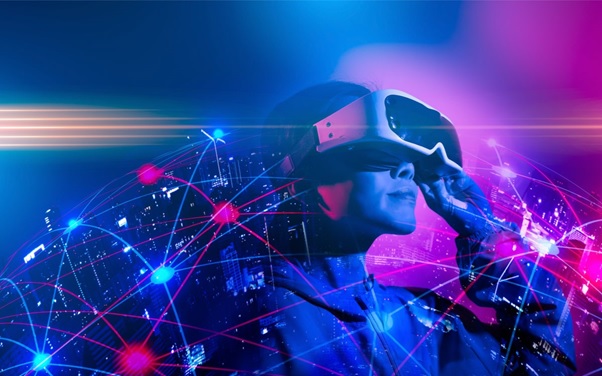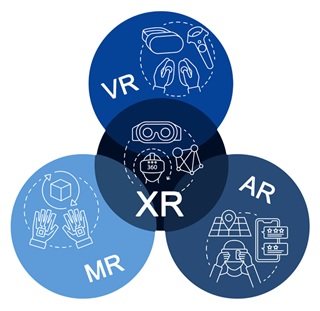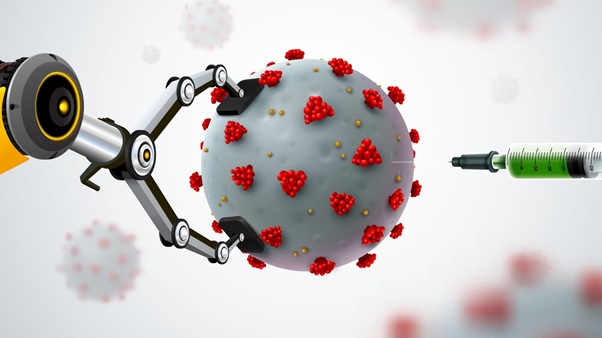Types of Artificial Intelligence
Artificial Intelligence can be divided in various types, there are mainly two types of main categorization which are based on capabilities and based on functionally of AI. [1] Following Figure 1 is flow diagram which explain the types of AI.
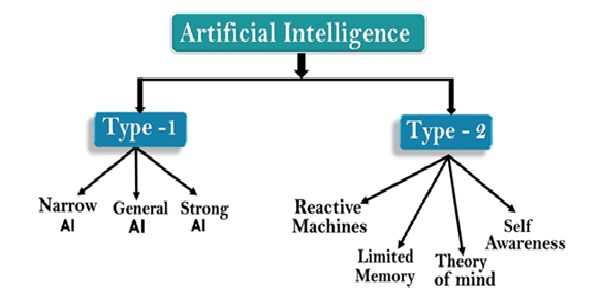
Figure 1: Artificial Intelligence
AI type-1: Based on Capabilities
Weak AI or Narrow AI:
- Narrow AI is a type of AI which is able to perform a dedicated task with intelligence. The most common and currently available AI is Narrow AI in the world of Artificial Intelligence.
- Narrow AI cannot perform beyond its field or limitations, as it is only trained for one specific task. Hence it is also termed as weak AI. Narrow AI can fail in unpredictable ways if it goes beyond its limits.
- Apple Siriis a good example of Narrow AI, but it operates with a limited pre-defined range of functions.
- IBM's Watson supercomputer also comes under Narrow AI, as it uses an Expert system approach combined with Machine learning and natural language processing.
- Some Examples of Narrow AI are playing chess, purchasing suggestions on e-commerce site, self-driving cars, speech recognition, and image recognition.
General AI:
- General AI is a type of intelligence which could perform any intellectual task with efficiency like a human.
- The idea behind the general AI to make such a system which could be smarter and think like a human by its own.
- Currently, there is no such system exist which could come under general AI and can perform any task as perfect as a human.
- The worldwide researchers are now focused on developing machines with General AI.
- As systems with general AI are still under research, and it will take lots of efforts and time to develop such systems.
Super AI:
- Super AI is a level of Intelligence of Systems at which machines could surpass human intelligence, and can perform any task better than human with cognitive properties. It is an outcome of general AI.
- Some key characteristics of strong AI include capability include the ability to think, to reason, solve the puzzle, make judgments, plan, learn, and communicate by its own.
- Super AI is still a hypothetical concept of Artificial Intelligence. Development of such systems in real is still world changing task.
Artificial Intelligence type-2: Based on functionality
Reactive Machines
A reactive machine follows the most basic of AI principles and, as its name implies, is capable of only using its intelligence to perceive and react to the world in front of it. [2] A reactive machine cannot store a memory and as a result cannot rely on past experiences to inform decision making in real-time.
Perceiving the world directly means that reactive machines are designed to complete only a limited number of specialized duties. Intentionally narrowing a reactive machine’s worldview is not any sort of cost-cutting measure, however, and instead means that this type of AI will be more trustworthy and reliable — it will react the same way to the same stimuli every time.
Limited Memory
Limited memory artificial intelligence has the ability to store previous data and predictions when gathering information and weighing potential decisions — essentially looking into the past for clues on what may come next. [3] Limited memory artificial intelligence is more complex and presents greater possibilities than reactive machines.
Limited memory AI is created when a team continuously trains a model in how to analyze and utilize new data or an AI environment is built so models can be automatically trained and renewed. [4] When utilizing limited memory AI in machine learning, six steps must be followed: Training data must be created, the machine learning model must be created, the model must be able to make predictions, the model must be able to receive human or environmental feedback, that feedback must be stored as data, and these these steps must be reiterated as a cycle.
Theory of Mind
The concept is based on the psychological premise of understanding that other living things have thoughts and emotions that affect the behavior of one’s self. In terms of AI machines, this would mean that AI could comprehend how humans, animals and other machines feel and make decisions through self-reflection and determination, and then will utilize that information to make decisions of their own. [5] Essentially, machines would have to be able to grasp and process the concept of “mind,” the fluctuations of emotions in decision making and a litany of other psychological concepts in real time, creating a two-way relationship between people and artificial intelligence.
Self-awareness
Once Theory of Mind can be established in artificial intelligence, sometime well into the future, the final step will be for AI to become self-aware. [6] This kind of artificial intelligence possesses human-level consciousness and understands its own existence in the world, as well as the presence and emotional state of others. It would be able to understand what others may need based on not just what they communicate to them but how they communicate it.
Self-awareness in artificial intelligence relies both on human researchers understanding the premise of consciousness and then learning how to replicate that so it can be built into machines.
References:
- https://builtin.com/artificial-intelligence
- https://www.mygreatlearning.com/blog/what-is-artificial-intelligence/
- https://www.europarl.europa.eu/news/en/headlines/society/20200827STO85804/what-is-artificial-intelligence-and-how-is-it-used
- https://www.govtech.com/computing/understanding-the-four-types-of-artificial-intelligence.html
- https://www.javatpoint.com/types-of-artificial-intelligence
- https://www.forbes.com/sites/cognitiveworld/2019/06/19/7-types-of-artificial-intelligence/?sh=49ea37e233ee
Cite this article:
D. Vinotha (2021), Types of Artificial Intelligence, AnaTechMaz, pp. 4



